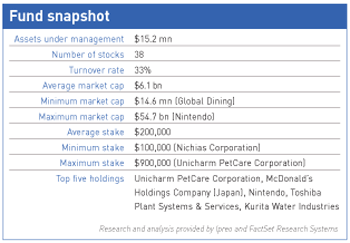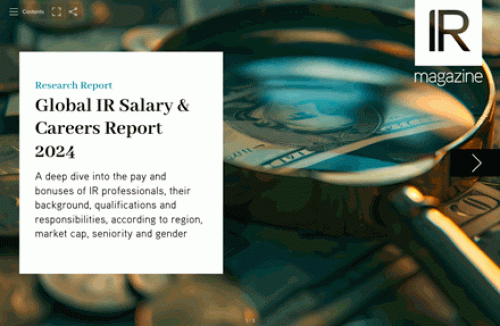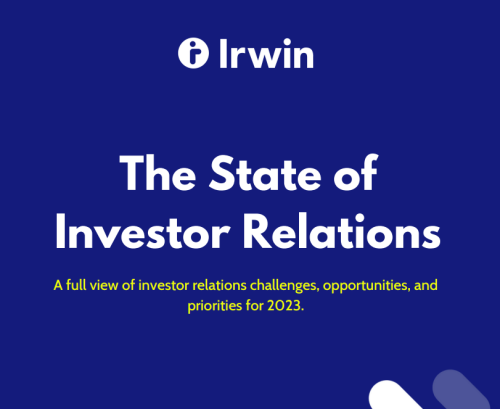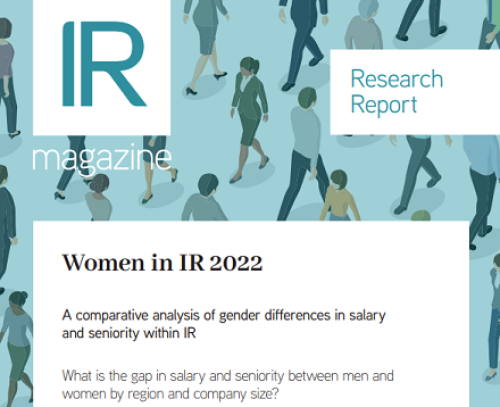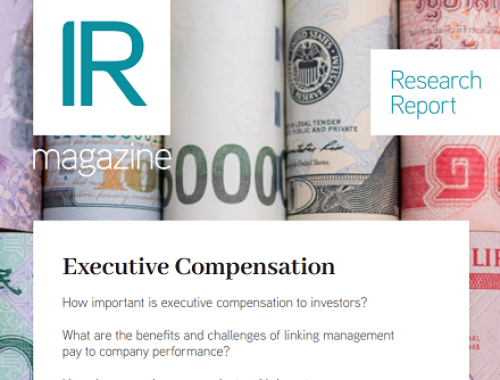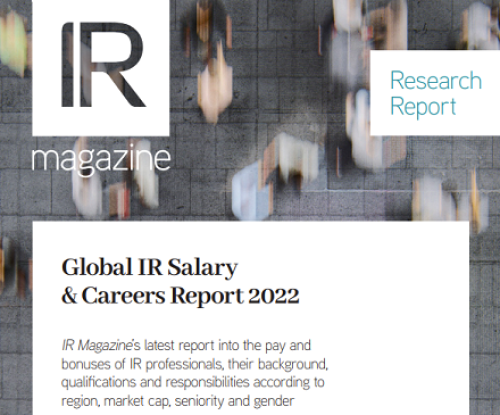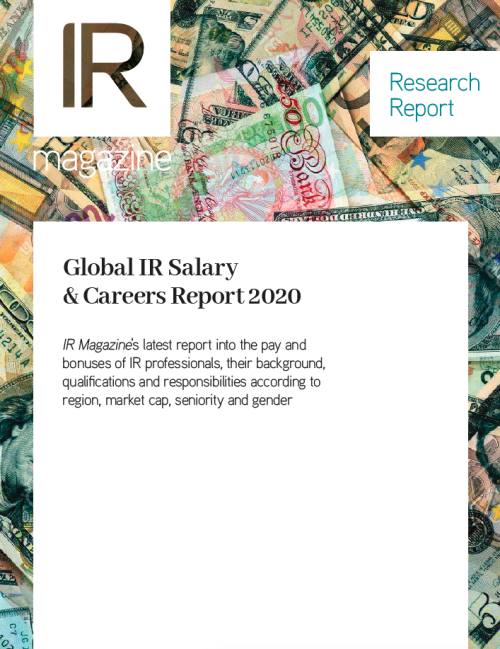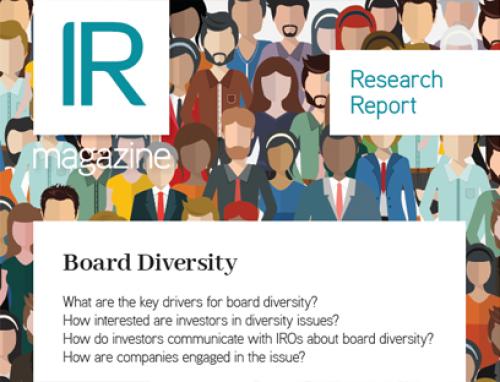Monthly M&A roundup from IR magazine
A simple hedge against the Japanese Topix Index helped Neptune Japan Opportunities Fund manager Chris Taylor wring out an almost 17 percent gain in the first half of last year – impressive compared with the average market loss of 6 percent.
But the average return on too many Japanese stocks remains, frankly, dreadful. Before the credit crisis, financial journalists were forever writing stories about whether Japan, after yet another bout of corporate restructuring, was finally about to come right. Taylor himself, however, remains highly negative – and candid – about Japan’s investment outlook, global crisis or no global crisis.
Westerners, he says, simply fail to understand just how compromised the Japanese economy, the second biggest in the world, really is. ‘A lot of people go on about the positive significance of slowly rising Japanese interest rates and inflation but, to be honest, that’s completely wrong,’ Taylor maintains. ‘The inflation in Japan is from companies forced to raise prices because their margins are so compressed through cost-push inflation.’
Cost-push inflation is bad news because it carries with it a strong risk of market share loss. The Japanese economy is also highly leveraged. ’Two thirds of companies employ fewer than 10 staff, have wafer-thin profit margins and are three times more geared than their larger rivals listed on the stock exchanges,’ continues Taylor.
‘If you push up interest rates, they could go bust. Likewise, the government has outstanding borrowings of over $8 tn, so raising rates just makes the government budget deficit grow via higher interest payments.’
That said, although Japan has seen inflation rise slightly, the current downturn now threatens a return to old-style deflation.
Taylor, who has held fund manager stints with Fuji Investment Management and Credit Suisse Group, says Neptune’s approach is to focus relentlessly on global sectors and pick companies positioned to exploit sector themes over a three to five-year period. That means country specifics are out. ‘It’s about companies, irrespective of origin,’ Taylor explains. ‘It’s a combination of best-of-breed and what represents good value.’
As far as financial models go, Taylor focuses on cash flow and earnings. ‘We stick to projections about where a sector is going, how the company is approaching it and what the market consensus is, and define a target price for each company,’ he says. ‘We are looking particularly for companies that are misunderstood within their sectors and as a consequence are mis-priced. We want to get inside their industry and find out how it behaves within itself, as well as how it reacts to external influences like inflation.’
Sector strengths
Most Japanese IROs and management know their company well, Taylor adds, though naturally the priority is weeding out winners. This is, admittedly, less of an issue in the carbon fiber industry in Japan, where the sector is crushingly dominant. ‘There are three Japanese companies in the carbon fiber industry that have 85 percent of the market by volume as well as most of the aircraft market,’ Taylor explains. ‘If you focus on sectors where Japan has clear global domination, then it’s more about which company to hold.’
IR contact for Taylor, a non-Japanese speaker, is limited because it’s more straightforward to stick to management or Neptune’s own dedicated in-house resources. ‘It’s IR, but not as open as in the UK or US,’ he says. ‘Japanese IROs tend to be very circumspect and find it difficult to handle bad news. They might phrase it in terms of ‘negative growth’ or say conditions ‘have not developed as projected’ in their five-year plan.’
Management earnings projections and forecasts can be so conservative they’re almost worthless, says Taylor. ‘But within six weeks of year-end, management might adjust the figures to match the likely outcome so as not to lose face,’ he adds
Inscrutable movement
Japan seemingly remains a frustrating investment play because for every piece of good news there’s usually a grim flip side. Even just a few months ago bullish headlines regularly surfaced and talk of rising dividends looked encouraging.
But the Japanese, warns Taylor, often have a hidden agenda. ‘They understand they have to improve return on equity, so they do this by buying back shares and upping dividends,’ he explains. ‘If you watch closely, however, they’re really using cash to consolidate cross-holdings and subsidiaries to make sure it’s difficult for them to be taken over by either local or foreign firms.’
Taylor suggests that much of the problem with the Japanese economy is simply too much money held in the wrong hands. Convoy capitalism, where efficient companies pay high prices to support less efficient companies, still reigns, while the Japanese government continues to prop up weak businesses financed by domestic savers, who barely see any return on their cash thanks to near-zero interest rates.
With all the current gloom, does Taylor see any hope at all for the Japanese market? Actually, he does. ‘The majority of Japanese companies know what they’re doing – like Toyota, which is still a triple A-rated company,’ Taylor points out. ‘It sticks to its day job. The ones with problems have made strategic mistakes, which is why Sony struggles: it’s too vertically integrated for electronic goods manufacturing. Between 30 percent and 70 percent of the parts in a Sony machine should not be made by Sony – that’s why it has profitability problems.’
Shortly before IR magazine went to press, Sony announced plans to lay off 16,000 staff. A rising yen, meanwhile, among a blizzard of other pretty grim data, was putting the squeeze on margins. Taylor’s pessimism appears to be well founded.